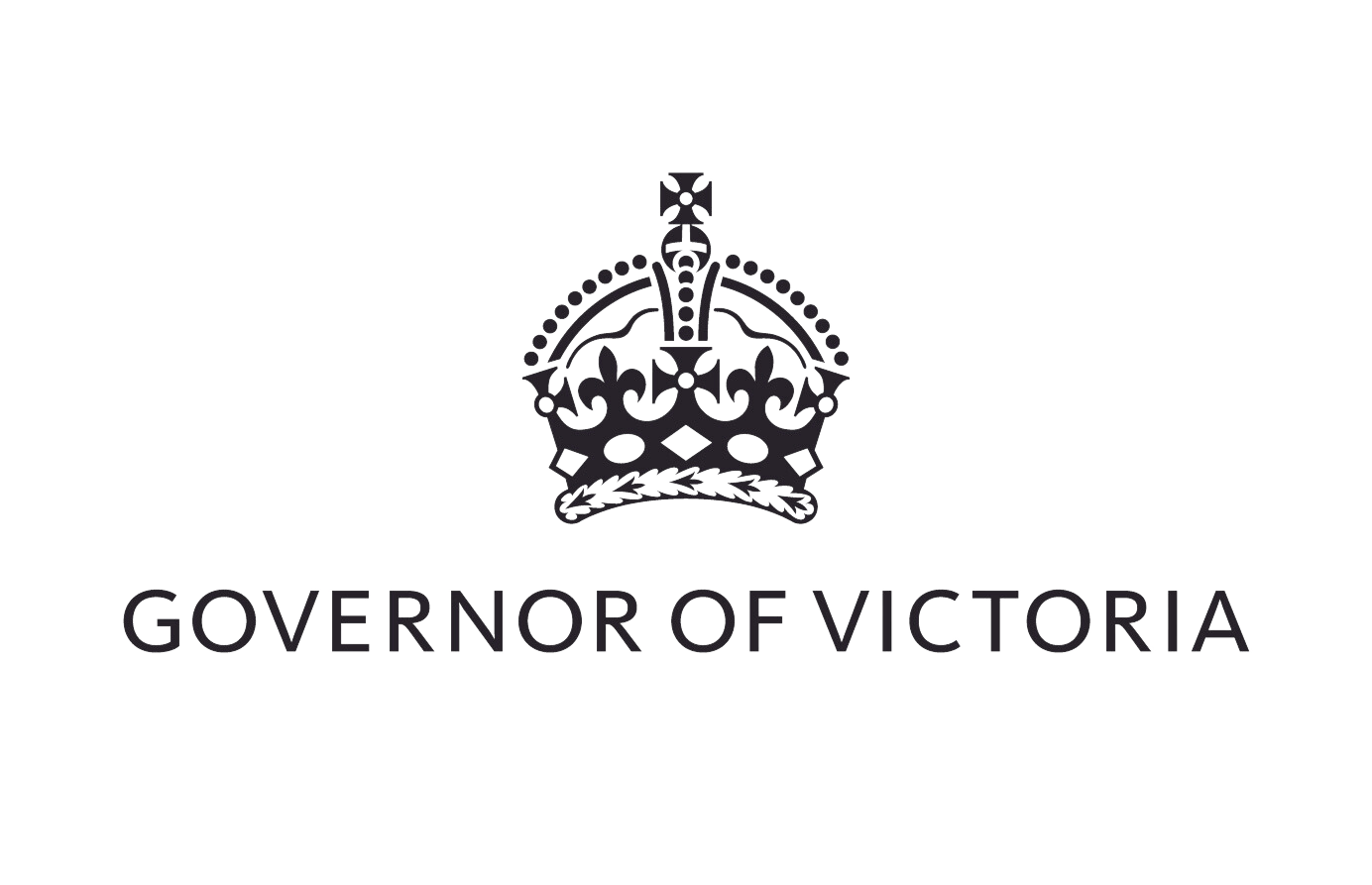
Speech given by the Governor of Victoria at the investiture ceremonies for Victorian recipients of the 2025 Australia Day Honours.
I begin by acknowledging the Traditional Owners of the lands on which this House stands – the Wurundjeri and Bunurong people of the Eastern Kulin Nation – and pay my respects to their Elders, past and present.
1975 was an important time in the formation of Australia's modern identity.
It was a year of political and cultural transformation, with significant events both at home and abroad.
Full-time colour television broadcasting was launched, just as the groundbreaking Picnic at Hanging Rock was released, as well as AC/DC’s first studio album.
These moments arrived as powerful social movements gained momentum – from Vietnam moratorium marches to women’s liberation, queer identity and land rights for Australia’s First Peoples. Liberties and fairness were placed at the forefront of our national consciousness.
This country, and this State, were markedly different places back then – but there was a distinct sense of what we were becoming, and what we could be.
It was within this context that the Australian honours system was inaugurated by Queen Elizabeth II on 14 February 1975.
The replacement of the British honours system by our Australian honours was part of a journey towards defining our nation in ways that were our own.
As we strove towards cultural independence, it became essential that those Australians who deserved recognition should be clearly honoured by their community of Australians.
Yet, this shift did not happen as quickly as one might have hoped.
In the first year of Australian honours, only 15 Victorians were invested – and there were some Australians dismayed by this new concept.
The establishment of an Australian honours system was not a definitive cultural marker – it depended on being truly embraced by the community.
It would take time for Australians, and Victorians, to realise the value of honouring their own and recognising the full breadth of contributions in our nation.
Slowly but surely, local communities across each corner of this State began to nominate those that had dedicated themselves to the betterment of their regions, professions and organisations.
Soon, those 15 recipients grew into 50, then 100, and eventually into what we see before us today.
Each person that has received recognition over the past five decades is part of a greater story – a story that collectively defines our national identity.
Their contributions go to the heart of what we value as a community, as a State, and as a nation.
No two people who walked this carpet today will share the same journey, yet you are united by a common thread: the profound and lasting impact you've had on countless people in our nation.
This is as true today as it was in 1975 – and it will remain so for decades to come.
Reflecting on the evolution of our honours system, it’s important to remember that its makeup lies not in which award was received and by whom, but in the range of contributions and achievements that they represent.
I want to express my gratitude to not only those who have been invested today, but to the families and friends who have supported them and are also here with us.
Thank you.
